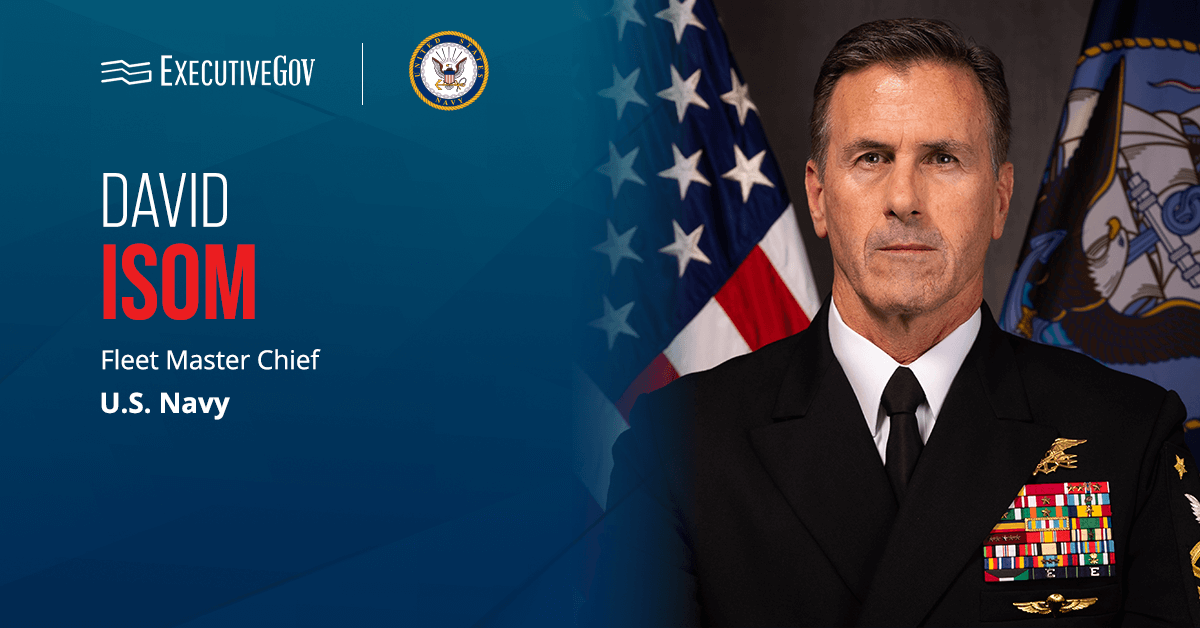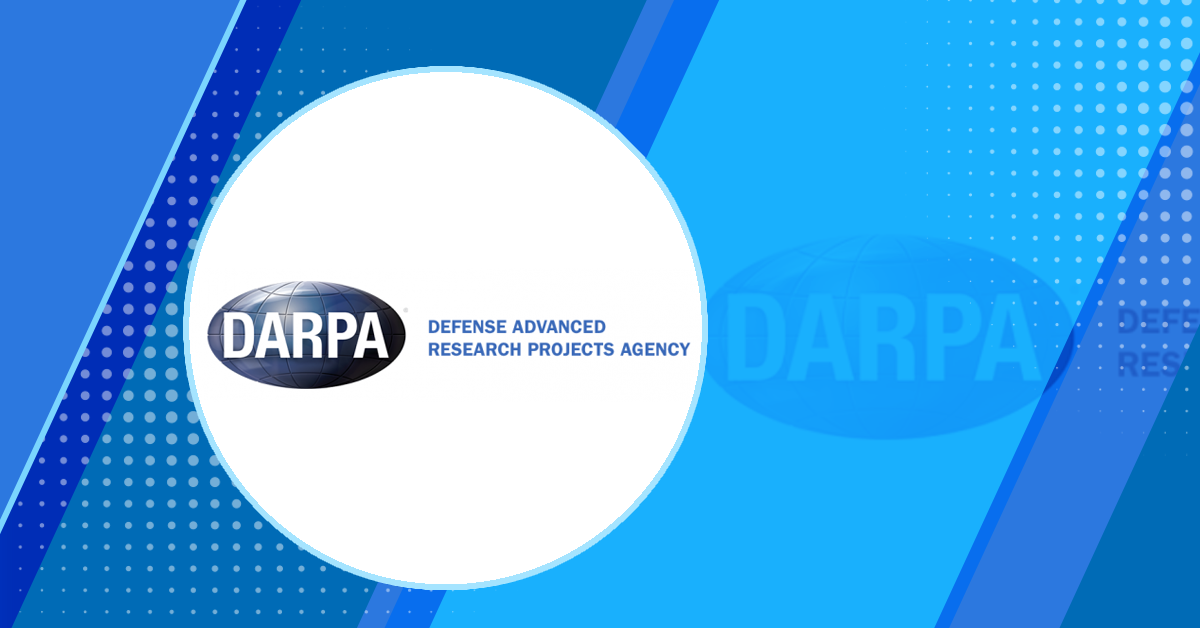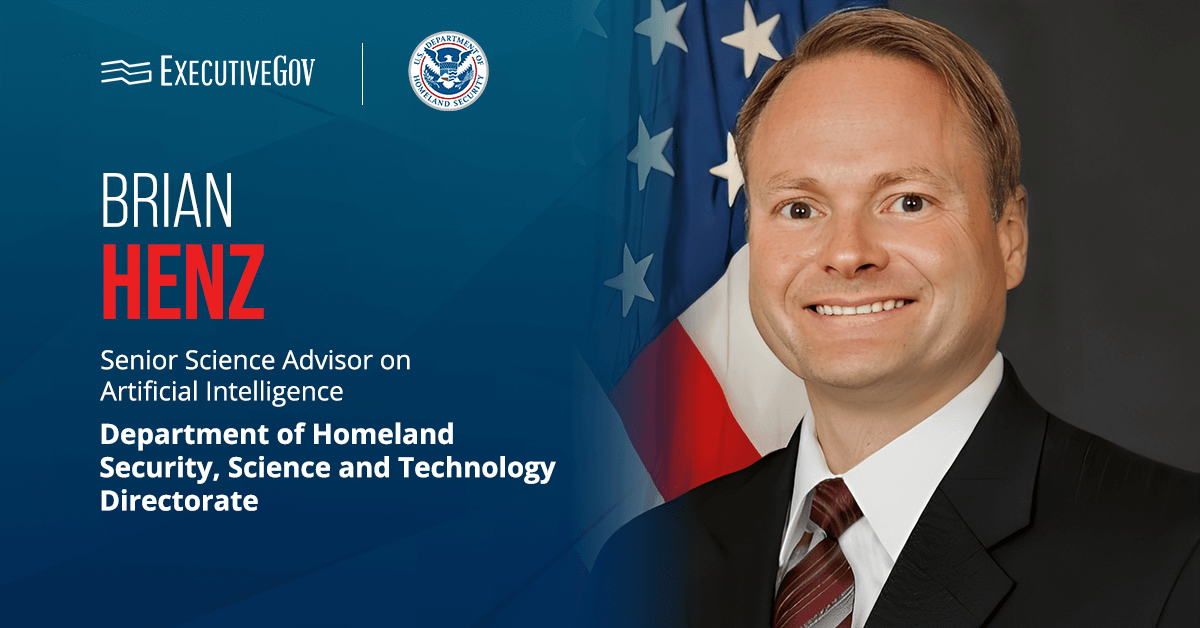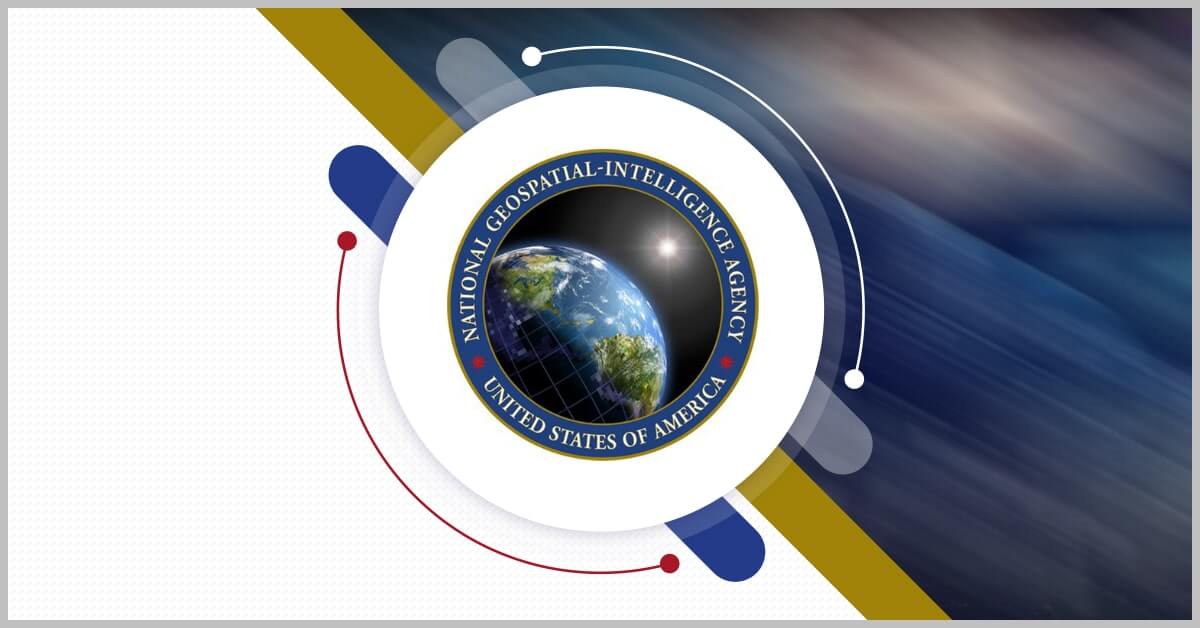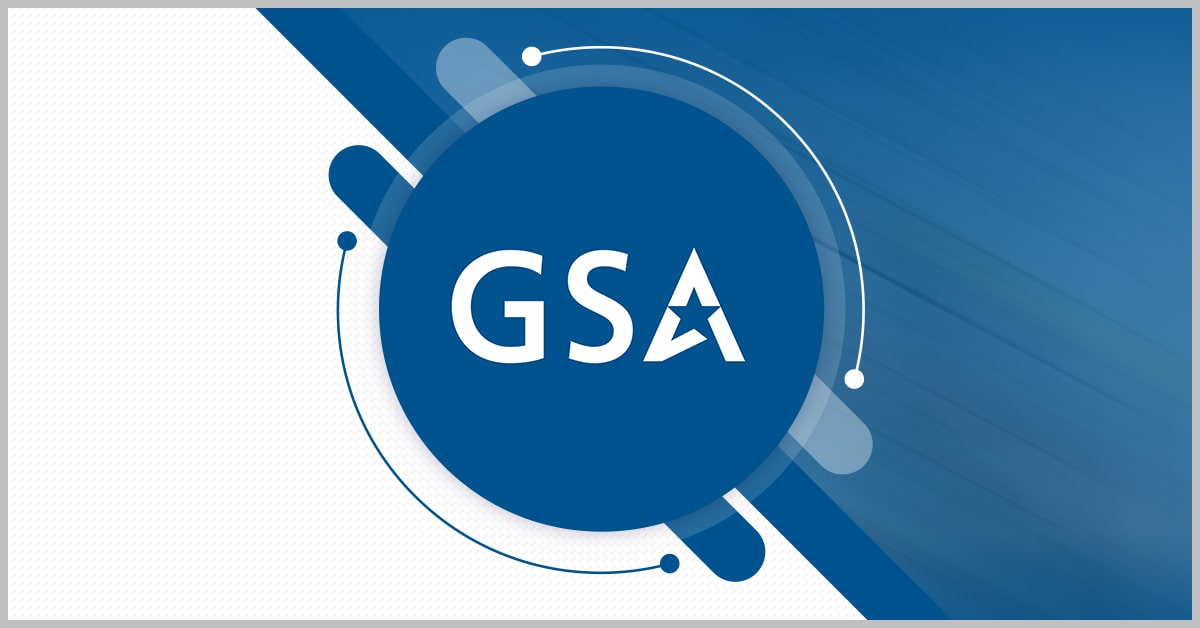U.S. Navy Fleet Master Chief David Isom has been chosen as the next senior enlisted adviser to the chairman of the Joint Chiefs of Staff.
The Department of Defense said Tuesday the appointment was announced by the Office of the SEAC, or OSEAC. Isom will succeed Troy Black, who has served as SEAC since November 2023.
Who Is David Isom?
Isom was assigned to the position of command senior enlisted leader of the U.S. Indo-Pacific Command on June 30, 2022. Before that, he was the command senior enlisted leader of the Special Operations Command Pacific and the Special Operations Command North. Isom also served as command master chief of the Naval Special Warfare Group TEN and the Special Reconnaissance Team TWO.
Furthermore, Isom was assigned to the Naval Special Warfare Development Group, Joint Special Operations Command, Tactical Development and Evaluation Squadron ONE and SEAL Team ONE.
The Navy leader was part of Sea, Air, Land, or SEAL, Teams at the Theater Special Operations Commands and the joint environment. He served several tours of duty during his career, including Operation Desert Shield, Operation Desert Storm, Operation Enduring Freedom and Operation Iraqi Freedom,. He was also deployed in the Pacific and the Horn of Africa.
Earlier in his career, Isom was assigned to the USS Mount Hood and the USS Mauna Kea. He joined the Navy in 1987 and completed basic training at the Recruit Training Command in Great Lakes, Illinois.


